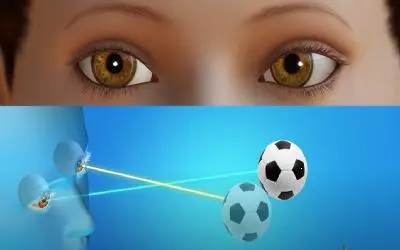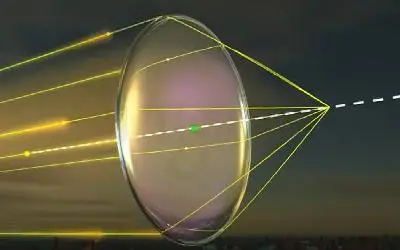Let’s break down the vision hiccups after a stroke:
(i) Visual field loss
Ever heard of central and peripheral vision? Well, if a stroke messes with your central vision, it’s like trying to see the world from the edges – no sight in the center. Peripheral vision loss, on the other hand, narrows your view to just one side, either right or left.
(ii) Eye movement problems
Picture this: your eyes acting like they’re on a roller coaster. That’s what happens with eye movement problems post-stroke. Judging distances becomes a puzzle, shifting your gaze from one thing to another gets tricky, and to top it off, things might seem a bit shaky – a condition called nystagmus.
(iii) Visual processing problems
When the brain’s visual receiver goes haywire after a stroke, it leads to visual processing problems – also known as visual neglect. The brain starts ignoring info from one side of the eye, making it hard for the patient to tell left from right.
Patients with stroke after visited an Ophthalmologist should visit a Neuro-optometrist who specialized in Neuro-Optometric Vision rehabilitation so that they can advise the best and most suitable treatment plans. Visual field loss usually can be treated with different optical aids.



